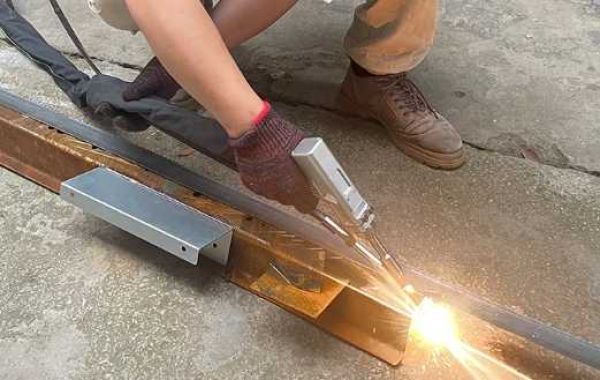One of the key challenges in battery pack assembly is welding thin and sensitive materials such as copper and aluminum. Traditional welding methods often cause excessive heat buildup, leading to warping, cracks, or reduced electrical conductivity. In contrast, laser welding delivers a concentrated heat source that enables fine control over the welding process, minimizing defects.
Laser welding is particularly crucial in joining battery tabs, busbars, and cell enclosures. It ensures strong yet lightweight connections, which is vital for maintaining battery performance and longevity. Additionally, laser welding machines can be integrated into automated production lines, significantly increasing throughput and consistency.
Another advantage is non-contact processing. Since no physical tool touches the material, the risk of contamination and wear is eliminated, leading to longer machine life and higher cleanliness—a crucial factor in battery production.
Moreover, recent advancements in real-time monitoring and AI-based process control have further improved the reliability of laser welding in battery applications. Sensors can detect weld quality instantly, reducing defects and material wastage.
As the demand for EVs and energy storage solutions grows, laser welding machines will continue to play a vital role in optimizing battery manufacturing processes, ensuring both efficiency and durability in next-generation energy solutions.








